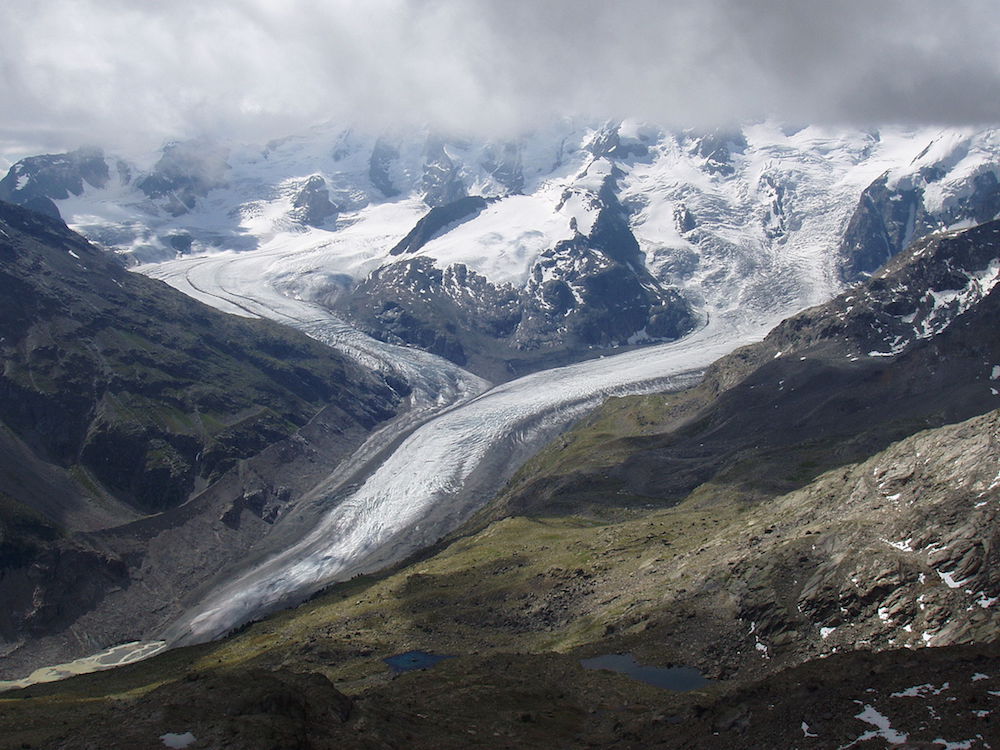Snow Machines Could Rescue Melting Swiss Glacier


Receding polar ice caps provide one of the main indications of climate change's impact, and researchers have been investigating how to save the world's ice. One idea is undergoing a trial run in Switzerland, where a team will attempt to refreeze a landmark glacier using snow machines, New Scientist reported.
Morteratsch glacier, the test subject, will receive a layer of artificial snow each summer to protect the ice, according to New Scientist. The idea is that the glacier's surface, when covered with a thin coating of artificial snowflakes from machines, will reflect more sunlight and protect the ice below, the researchers said. Eventually, that will help the glacier to regrow, they said.
Johannes Oerlemans, lead researcher of the project and director of the Institute for Marine and Atmospheric Research at Utrecht University in the Netherlands, presented his plan at the annual meeting of the European Geosciences Union (EGU) in Vienna on April 27, according to New Scientist. [Photographic Proof of Climate Change: Time-Lapse Images of Retreating Glaciers]
"The major effect of the snow is reflection of sunlight," Oerlemans said during the meeting, New Scientist reported. "As long as there's snow on top, the ice beneath is unaffected."
Oerlemans said it would take 4,000 snow machines to achieve the necessary snow cover on Morteratsch glacier, according to New Scientist."The major effect of the snow is reflection of sunlight," Oerlemans said during the meeting, New Scientist reported. "As long as there's snow on top, the ice beneath is unaffected."
The glacier is a popular tourist attraction and national treasure, but warming temperatures due to climate change have caused the glacier to retreat in length at a rate of about 98 feet to 131 feet (30 to 40 meters) per year. The glacier used to stretch about 5.3 miles (8.5 kilometers) long in 1860, but has retreated to just 3.73 miles long (6 km) today.
The nearby town of Pontresina commissioned Oerlemans and his colleagues to study how to slow down Morteratsch's retreat, according to Oerlemans' EGU talk proposal. The study concluded that covering the glacier in summer snow could have a significant effect on the rate of retreat.
Get the world’s most fascinating discoveries delivered straight to your inbox.
Oerlemans found that covering about 0.3 square miles (0.5 square km) of a plateau high up the glacier would protect the ice beneath, New Scientist reported. Over time, this would help the glacier grow back, and Oerlemans estimated the glacier could gain up to half a mile (800 meters) in length after two decades of summer snow cover.
Original article on Live Science.



